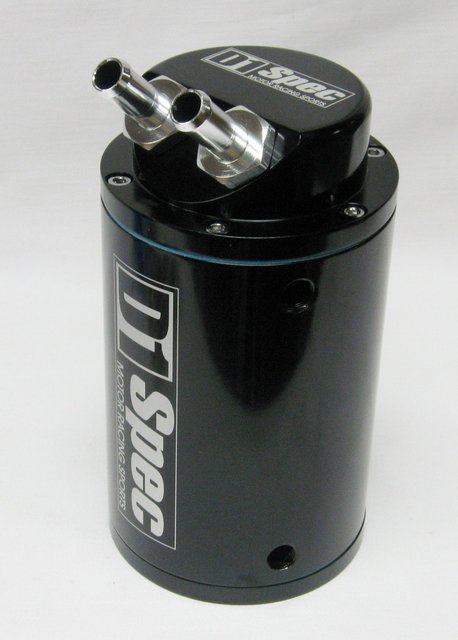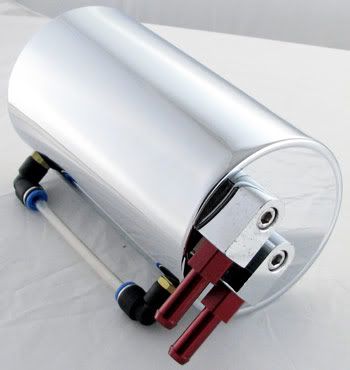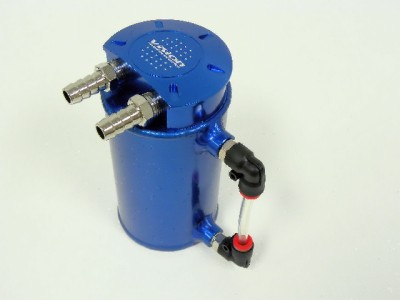What he said ^^^ First up it is not legal to vent to atmosphere, but the arrangement of the plumbing usually means that under normal conditions, manifold vacuum draws air in through the air filter, into one port, through the crankcase and then into the inlet manifold via the PCV (Petrol engines only obviously given a deisel will not have any manifold vacuum to make a PCV work) The air drawn in though the air filter normally goes through the air flow meter so it is a metered part of the inlet air. Vent to air would mean venting both to air and disconnecting and plugging the PCV as if it is still connected it will draw in unmetered air through the atmospheric vent at the other end of the system and the idle and cruise mixtures will end up lean as a result.
A better bet on an NA petrol engine (Even forced induction) is an oil seperator on the line to the inlet plumbing. Bottom of the seperator to the rocker cover, top to the intake pipe near the air filter. Any oil that ends up in there under full load will end up drawn back into the rocker cover courtesy of the PCV applying vacuum to the system and drawing it back in.














